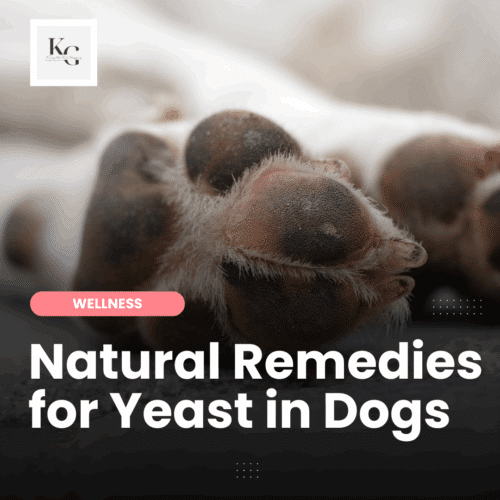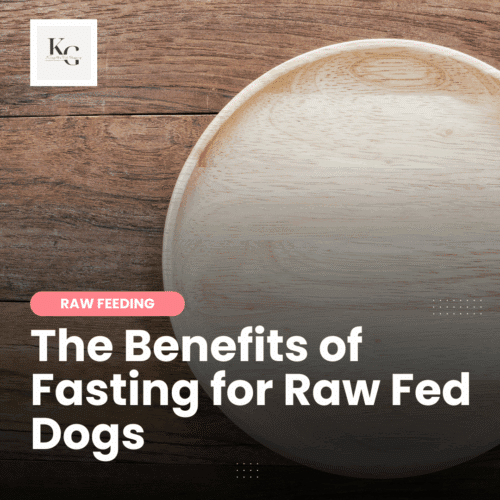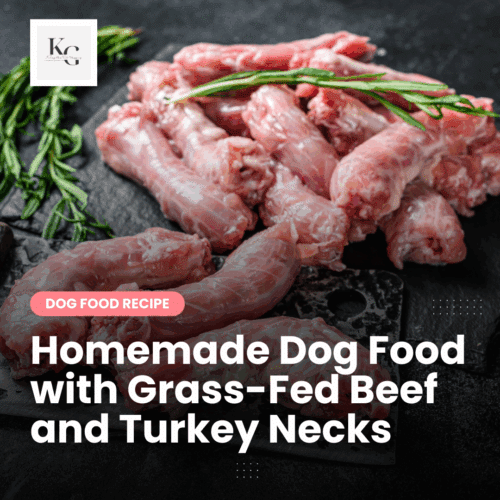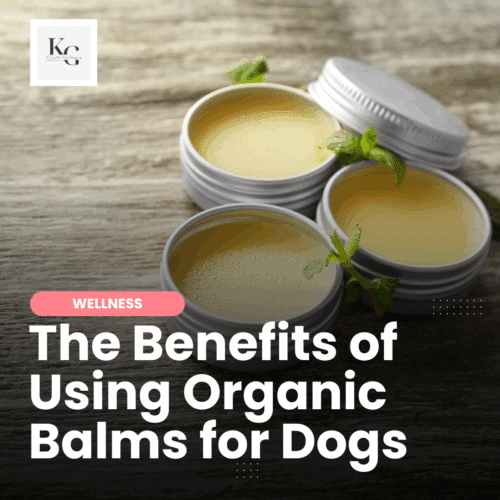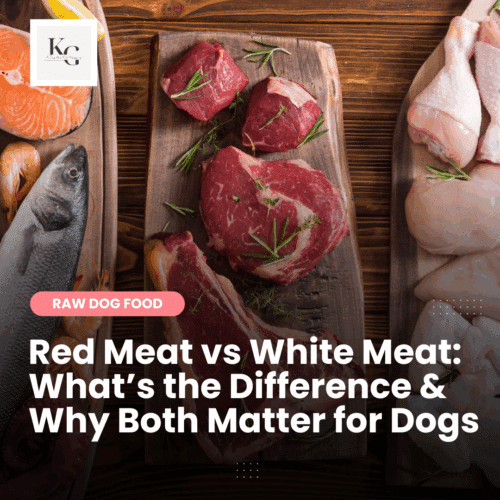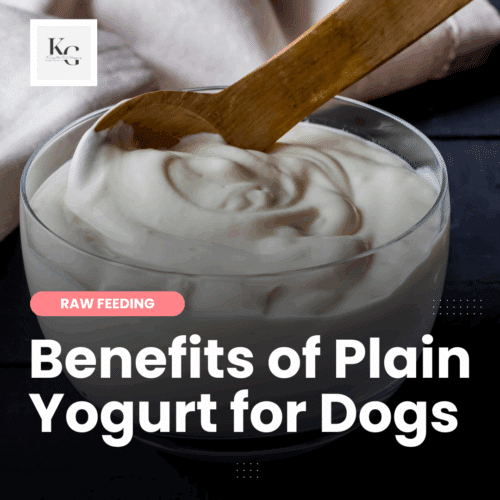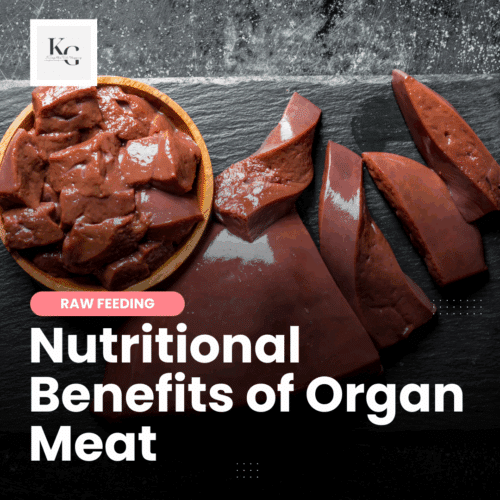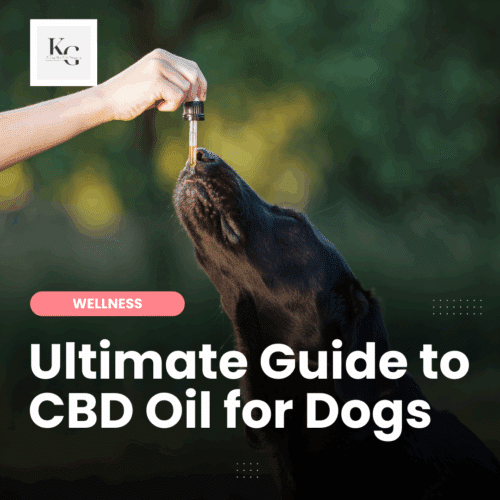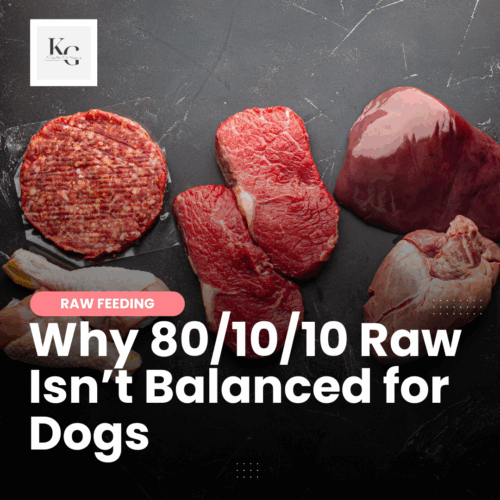Keep the Tail Wagging is supported by pet parents. I occasionally earn a commission (at no additional cost to you) when you click through an affiliate link to one of my favorite products. Thank you for your support. Read More
If you're new to raw feeding, you may have encountered some confusing terms and jargon. In this blog post, I will briefly summarize some of the most common raw feeding terms to help provide clarity and understanding. Where applicable, the term will be linked to an article with more information.
Whether you're a seasoned raw feeder looking for a refresher or a curious dog lover interested in learning more, this post is for you!
How to Search for Terms
The quickest way to find a term is to use your computer's search function.
- Mac: Command+F
- PC: Ctrl + F
- Android Smart Phones: Look for the three dots in the upper right-hand corner. That is where you can open a menu and find “find in page,” which allows you to search this page—video instructions.
- iPhone: Tap on the address bar, then type in the word or phrase you're looking for. Instead of using the first search bar, select “on this page,” and tap there—video instructions.
Raw Feeding Glossary
The following are common raw feeding terms used in the raw feeding community:
Anal Gland Expression: The manual emptying of a pet’s anal glands, which may be related to their diet.
Balance Over Time: Providing a variety of different foods over time to ensure a pet receives all necessary nutrients.
Base Mix: A base mix for homemade dog food includes pre-mixed veggies, supplements, and grains (in some recipes) to provide essential nutrients, complementing fresh proteins for balanced nutrition.
BARF Diet: An acronym for “Biologically Appropriate Raw Food” or “Bones and Raw Food,” a diet that includes raw meat, bones, fruits, and vegetables.
Bioavailability: Measure of nutrient absorption and utilization by the body.
Biologically Appropriate Diet: refers to a diet or lifestyle that mimics the natural biological needs and behaviors of a canine, promoting optimal health and well-being.
Biomagnification: Accumulation of toxins in the food chain as animals consume contaminated prey or plants.
Blood Work: Laboratory tests are performed on a regular schedule to assess health markers and detect underlying conditions.
Bone Content: The amount of bone provided by various in a raw diet, important for calcium and phosphorus balance.
Bumblefoot: A bacterial infection that affects the feet or footpads of birds like poultry and waterfowl. It causes swelling, ulcers, and abscesses that appear as a large dark or black bump.
Carnivore: An animal that primarily consumes meat as its diet, such as cats and dogs.
Chewing: The act of grinding and breaking down raw meaty bones to promote dental health in pets.
Circadian Rhythm: The body's internal clock regulating sleep, metabolism, and other physiological functions.
Chub: A type of packaging commonly used for raw or wet dog food. It typically consists of a cylindrical-shaped tube made of soft, flexible food-safe material.
Complete and Balanced: A marketing term that refers to a pet food that meets the nutritional requirements set by AAFCO or another governing body.
Cooling Proteins: Foods that have a cooling effect on the body, balancing excess heat or inflammation, according to traditional Chinese medicine principles. See Food Energetics
Dehydrated: Food that has been gently dried to remove moisture while maintaining its nutritional value.
Denatured: Refers to the process of rendering a food ingredient unfit for human consumption while maintaining its nutritional value for pets.
Digestibility: The ability of a pet’s digestive system to break down and absorb nutrients from food effectively.
DIY Raw Feeding: Preparing a pet's raw diet at home using fresh ingredients.
Dog Chew: Treats improving dental health and providing mental stimulation. Examples include air-dried chews offered by Real Dog Box and similar treat companies.
Elimination Diet: Sequentially removing potential allergens to pinpoint food sensitivities (or intolerance).
Enzymes: Natural compounds that aid in the breakdown and absorption of nutrients in a pet’s digestive system.
Facultative Carnivore: A term used to describe a carnivorous animal (a dog) that can survive on a diet of animal and plant-based foods.
Fasting: Intentionally skipping a meal to allow an adult dog's digestive system to rest and detoxify.
Feed Grade – Ingredients considered suitable for animal consumption but not meeting human food standards, often used in pet food formulations.
Food Energetics: A practice that explores the energetic properties of foods based on Traditional Chinese Medicine, categorizing them as warming or cooling to balance the body's energy for health.
Food Intolerance: Inability to tolerate certain food components leading to digestive issues.
Food Sensitivity: Adverse reactions to specific foods causing various reactions, including skin rashes, itchiness, yeast overgrowth, or ear infections.
Functional Mushrooms: Medicinal mushrooms that have health benefits like immune support, stress reduction, and energy enhancement due to their bioactive compounds and adaptogenic properties.
Frankenprey: A raw feeding method combining different parts of prey animals to mimic a balanced diet.
Freeze-Dried: A process of removing moisture from food without cooking, preserving nutrients and flavors.
Fresh Food Diet: A diet for pets that involves little to no processing. Examples are raw, freeze-dried, dehydrated, air-dried, and cooked diets.
Green Tripe: The nutrient-rich stomach lining of ruminant animals like cows, often fed to pets for its probiotic benefits.
Grind: Refers to the texture of raw meat, bones, and organs after processing in a grinder for easier feeding.
High Pressure Pasteurization (HPP): A food preservation method that uses pressure to sterilize food while maintaining nutritional quality and freshness.
Holistic: Viewing something as a whole rather than a sum of its parts, considering all interconnected aspects for a comprehensive understanding or approach.
Homeopathy: A holistic medical practice based on “like cures like,” using highly diluted natural substances to stimulate the body's self-healing abilities.
Human Grade: Food meeting standards fit for human consumption.
Integrative Veterinarian: A veterinarian who combines conventional veterinary medicine with alternative therapies like acupuncture, herbal medicine, and chiropractic care to provide comprehensive and holistic treatment for animals.
Irritable Bowel Syndrome (IBS): A common digestive disorder characterized by abdominal pain, bloating, diarrhea, and/or constipation, often triggered by stress or certain foods.
Leaky Gut: Increased intestinal permeability allowing toxins and undigested food particles to pass through the intestinal lining, potentially causing inflammation and various health issues.
Meal Prep: Preparing and portioning raw meals in advance for convenience and consistency.
Medicinal Mushrooms: Fungi with therapeutic properties, such as immune modulation, anti-inflammatory effects, and antioxidant activity, used in traditional medicine and modern health practices.
Mince: Finely ground raw meat, bones, and organs that are easier for pets to consume.
Nutrient Seizure: A phenomenon where an animal consumes certain foods in excess due to nutrient deficiencies.
Obligate Carnivore: Animal requiring a meat-based diet for optimal health.
Offal: Organ meats like liver, kidney, heart, and spleen, which are nutrient-rich and essential in a raw diet.
Omega-3 Fatty Acids: Essential fats for pets’ skin, coat, and overall health, commonly found in fish and flaxseed.
Opportunistic Carnivore: An animal that must consume a diet consisting primarily or exclusively of animal-based food to meet nutritional requirements properly for optimal health and survival.
Prey Model Diet: A raw feeding approach that mimics a prey animal’s diet, consisting mainly of meat, bones, and organs.
PMR Diet: An acronym for “Prey Model Raw,” a raw feeding approach that focuses on feeding whole prey-like items.
Prey Model Plus: A raw feeding approach that combines the Prey Model Diet with additional plant matter.
Probiotics: Beneficial bacteria that support a healthy gut microbiome in pets fed a raw diet.
Puzzle Feeding Dish: Encourages mental stimulation, slows eating, promotes better digestion, and prevents bloat.
Raw Feeding: Feeding pets with raw, uncooked ingredients like meat, bones, and organs as their main diet.
Raw Food Coop: A group of individuals who come together to purchase raw food items in bulk directly from farmers or distributors to achieve cost savings and access to quality products.
Raw Meaty Bones: Bones covered in meat, commonly fed to pets as part of a raw diet. Examples are duck necks, chicken frames, rabbit legs, whole quail, and lamb shanks.
Real Dog Box (RDB): A company delivering high-quality, personalized dog food subscriptions. RDB offers full-size and mini boxes. They also offer subscriptions that are treats & chews, treats only, and chews only. Depending on the subscription, boxes may include air-dried proteins, organ meat, seafood, light chews, medium chews, and heavy chews. Subscribers can also access a Secret Shop to buy additional treats and chews for their dog.
Recreational Bones: Non-edible bones for dental health and mental stimulation. Examples are beef knuckle bones, pork ribs, beef kneecaps, marrow bones.
Resource Guarding: Behavior where a pet becomes protective of their food, potentially seen during feeding times.
RMB: Raw Meaty Bone, a term used for bones covered in meat that are part of a raw diet.
Senior Panel: Comprehensive diagnostic tests tailored for aging dogs.
Slow Feeding Bowl: Designed to slow down a dog's eating pace to prevent digestive issues.
Species-Appropriate Diet: A diet that closely matches the natural diet of a pet’s wild ancestors.
Taurine: An essential amino acid-like compound found in animal tissues, particularly abundant in meat and seafood. It plays a crucial role in various physiological processes, especially heart and eye health.
Time-Restricted Feeding: Limiting daily feeding period (e.g. between 10 am and 5 pm) to enhance metabolism and health.
Topper: Adding a small amount of fresh food (raw, cooked, dehydrated, freeze-dried, or air-dried) to supplement a pet's regular diet.
Transition Period: The gradual shift from a pet’s current diet to a raw food diet to avoid digestive upset.
Transitioning: Introducing raw food slowly into a pet’s diet to allow their digestive system to adjust.
Warming Proteins: Foods that have a warming effect on the body, promoting circulation and digestion, according to traditional Chinese medicine principles. See Food Energetics
Weaning: Transitioning young animals from their mother's milk to solid food, which can include raw options.
Wellness Check: Routine health examination by a vet to monitor overall well-being and address any concerns.


